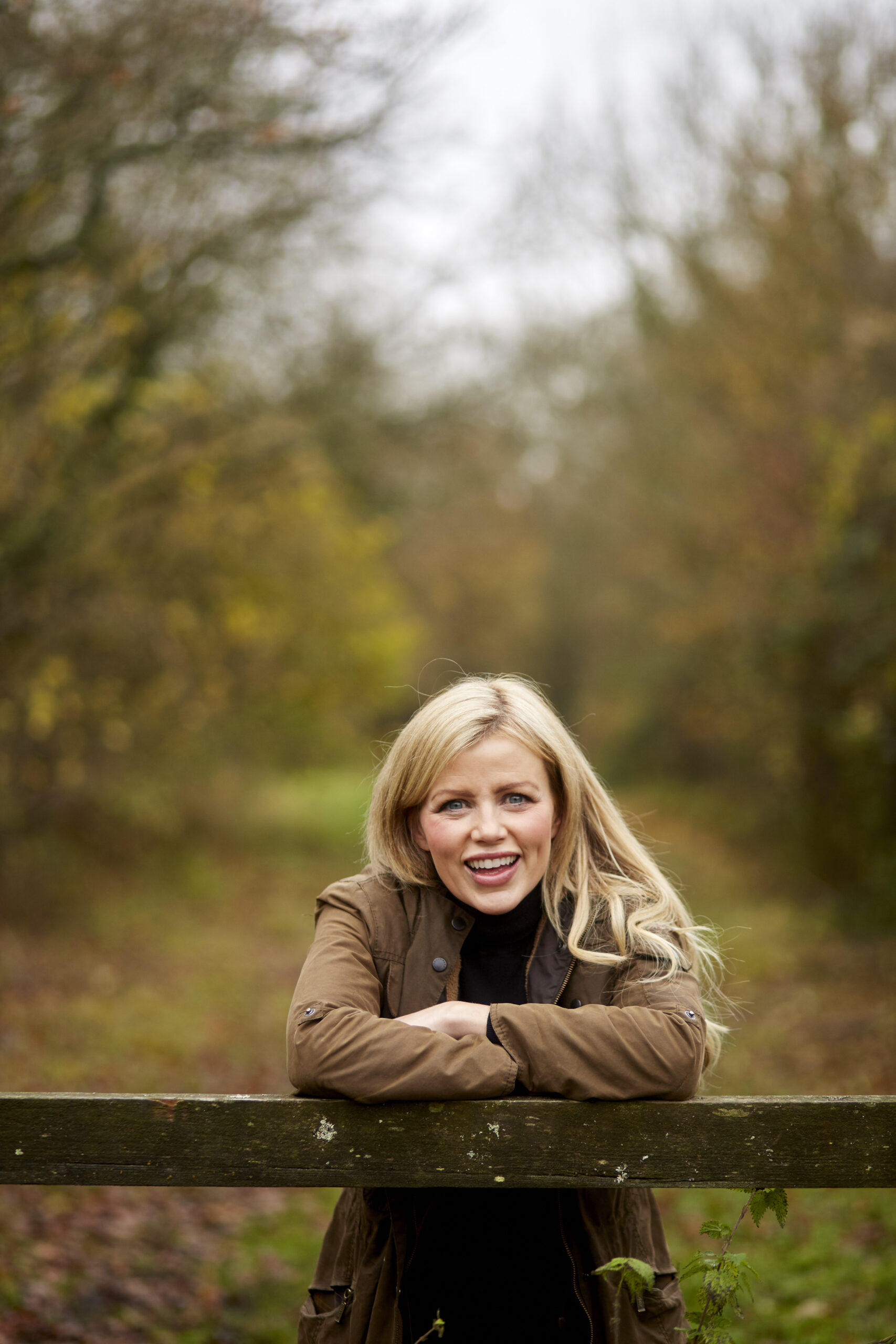Fields of solar panels are pretty ugly. Whopping concrete hydropower pumps are an eyesore. And wind farms, with their part-time attitude, spoil the view. But they are nothing to what is coming.
It takes the surgical steel of clean-numbered physics to cut through fleshy politics and reveal the truth. Professor David MacKay’s illuminating book Sustainable Energy – Without the Hot Air holds up a large convex blind-spot mirror to reveal precisely how we live now and how it will look a little further down the road.
To help us understand the numbers, the basic unit is one kilowatt-hour (kWh): equivalent to the electrical energy used by leaving a 40-watt bulb on for 24 hours. A nice hot bath is 5kWh and driving a car 30 miles uses 40kWh. Professor MacKay tots up the average each of us uses per day as 125kWh (125 lightbulbs).
It doesn’t seem that much. Not while there are still fossil fuels to be traded and the warmth from sunbeams millions of years ago to bask in. But when they fizzle out or become sufficiently suffocating, this is what it would currently take to plug the gap: 300 nuclear power stations (up from the 15 we have now) or 600,000 wind turbines covering half the land area of Britain.
Power cuts
What if we imagine our modern future when we’re efficient enough to cut in half the amount of electricity we use? Better. But even that would take a wind farm to cover the landmass of Wales plus 100 nuclear power stations. Or 50 nuclear power stations plus solar panels covering twice the size of greater London. Or tweak the dials as you wish to include hydroelectricity, tidal power and geothermals.
Green living guide: how to live a more eco-friendly life and reduce your carbon footprint
We are bombarded with reports and news stories about pollution, wildlife declines, climate change and other environmental concerns. But as individuals we can often feel daunted and helpless about what we can do. However, with small changes, everyone (if they want to) can do their bit in small but meaningful ways and often save money.
Jumbo stats. It’s a get-real moment that encourages a closer look at what does and really doesn’t make much difference. According to Professor MacKay, the single most effective energy-saver for an individual is turning down the thermostat.
Domestic heat pumps help. Roof solar panels also add up – just a 3m² panel is able to provide half a family’s hot-water needs, even when situated in not particularly sunny places. Electric vehicles, too, are around four times as efficient as petrol cars and will be more so when electricity is no longer produced from fossil fuels.
Other behaviours that make a difference are flying less and eating vegetarian six days per week. At the other end, turning TVs off standby mode, switching redundant devices off at the socket and boiling only enough water for one cup of tea barely even register on your bill.
Necessary sacrifices
We are addicted to electricity, the good stuff that has brought us unimaginable quality of life, from preserving food to proton-beam therapy. But we cannot keep our habit and decry its future. And so we will have to get used to new suppliers and their giant footprints on the landscape.
There are upsides to solar fields. As the technology improves, they produce more watts per acre. Some farming can carry on beneath the panels as it does in Germany, where more delicate horticultural crops, as well as sheep, benefit from the shade. And solar farms allow the soil to rest, so that even intensively fertilised land can revert to wildflower havens within a few years.
We will have to begrudgingly accommodate wind farms, recognising that they don’t produce greenhouse gasses, use an ever-present resource that is free from the vagaries of markets abroad and they create jobs, in spite of their adolescent noise and inconsistencies.
And we will have to reconsider our fears of nuclear power. If you thought solar fields were unattractive, stand among the sea cabbage in the shingle at Dungeness and behold the behemoth before you. But turn around on the spot to see that
it also suits one of the most popular and attractive artistic communities within its immediate orbit.
Knowing how much fun there is to be had during a power cut (about 15 seconds), is it time to make the difficult choice between pristine landscapes and MRI scanners?
It’s a decision as necessarily awakening and about as enjoyable as a cold bath.
